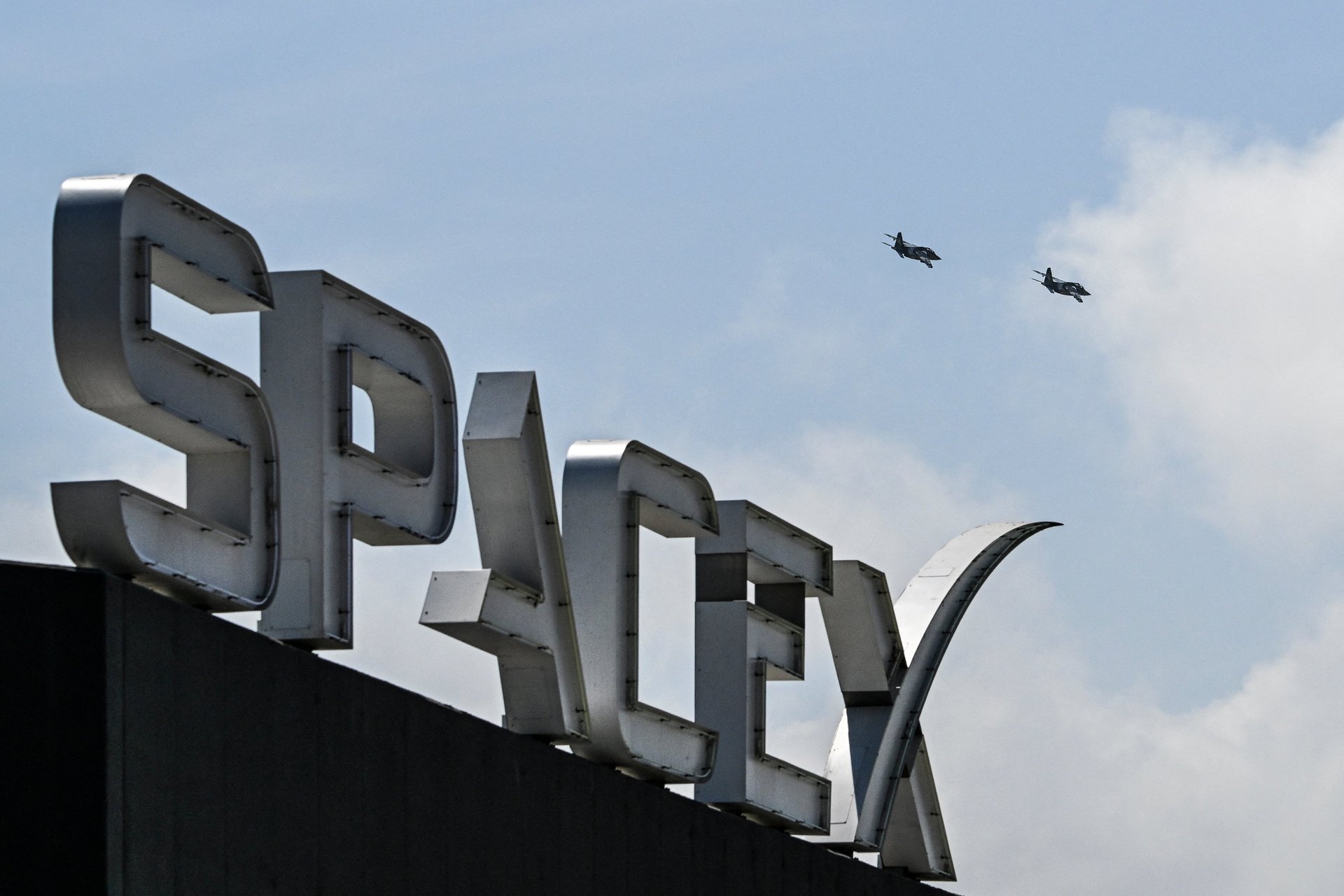SpaceX's Starship hit a major milestone in its third test flight
The 400-foot-tall megarocket launched at about 9:35 a.m. ET

Elon Musk’s SpaceX is aiming for a third attempt at a successful launch of its Starship rocket Thursday after two previous attempts crashed and burned. Its test flight launched this morning flew farther than either of SpaceX’s first two attempts, promising a treasure trove of new data.
Suggested Reading
“Starship reached orbital velocity! Congratulations @SpaceX team!!” SpaceX owner Elon Musk said on X.
Related Content
The spacecraft company first unveiled plans for the Starship — a reusable rocket designed to carry out missions to the Moon and Mars — in 2017 before making its first attempt in April 2023. In that attempt, the Starship failed, as did SpaceX’s self-destruction system. The U.S. Federal Aviation Administration (FAA) investigated the incident and gave approval for a second flight in November, which showed a better performance before it exploded — twice — just minutes into the air.
The second incident led to 17 corrective actions that SpaceX needed to complete to earn its third launch license. On Wednesday, the FAA gave SpaceX approval for its third attempt.
At 9:25 a.m. ET on Thursday, SpaceX successfully launched its 400-foot-tall Starship rocket from the company’s headquarters in Texas, blasting past its previous attempts, which burned up. Unlike SpaceX’s two prior attempts, Thursday’s launch made it past the “hot-staging” operation without breaking apart.
Starship will now coast for roughly 30 minutes. SpaceX is aiming for a targeted, controlled reentry of the rocket, with a splashdown in the Indian Ocean.
While the 400-foot-tall megarocket was scheduled to take off from SpaceX’s Starbase facility in Boca Chica, Texas, on Thursday morning, the company changed its target time for launch several times since it first won approval. SpaceX pushed back its launch target to 9:10 a.m. ET from 8:30 a.m. ET to give boats enough time to exit the “keep out area” in the Gulf of Mexico. Just before 8:30 a.m. ET, SpaceX said it was ready for “prop load” but keeping an eye on winds; it then targeted 9:35 a.m. ET for liftoff.
The test flight is being livestreamed on X — the social media platform owned by Musk — and its website.
At about an hour and six minutes into Thursday’s flight, SpaceX said it had lost the Starship during the late stages of reentry.
“No splash down today, but again, it’s incredible to see how much further we got this time around,” said Daniel Huot, a communications manager at SpaceX.